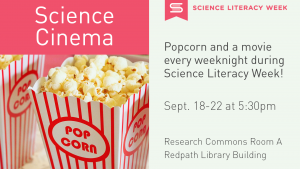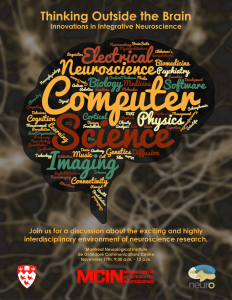The Communication in Engineering (CCOM 206) Excellence in Written Communication Award winner has been announced for the combined Winter/Summer 2017 terms (insert drum roll): Albert Kragl!
Alternatives to Lithium-Ion Batteries for Electric Vehicles
With man-made climate change becoming increasingly severe every year, the need for vehicles powered by alternative energy sources is now greater than ever. Although there are electric vehicles commercially available today, their limited driving range and high price makes them unappealing to many consumers. In order to move past these limitations, researchers have begun investigating different types of batteries with the goal of finding a battery that can reliably store more energy than a traditional lithium-ion battery. This paper analyzes the feasibility of two battery types—lithium-sulfur and lithium-air—as potential replacements for lithium-ion batteries in electric vehicles. Although both batteries demonstrate high theoretical energy densities, the lithium-air battery has a much higher practical energy density when compared to lithium-sulfur, as well as a lower environmental impact and a greater number of charge cycles. The lithium-air battery also demonstrates a higher energy density and lower environmental impact when compared to lithium-ion. These results make lithium-air technology the best candidate to replace lithium-ion batteries in the near future.
The full article PDF is available from McGill’s open access institutional repository, eScholarship.
Congratulations, Albert!




 It’s
It’s  It is important to move around throughout the day to meet those fitness goals, reduce stress, and get our creative juices flowing. Living through your average Montreal winter does not make it easy. Once we arrive at our destination it is easy to rationalize staying put for as along as possible.
It is important to move around throughout the day to meet those fitness goals, reduce stress, and get our creative juices flowing. Living through your average Montreal winter does not make it easy. Once we arrive at our destination it is easy to rationalize staying put for as along as possible.